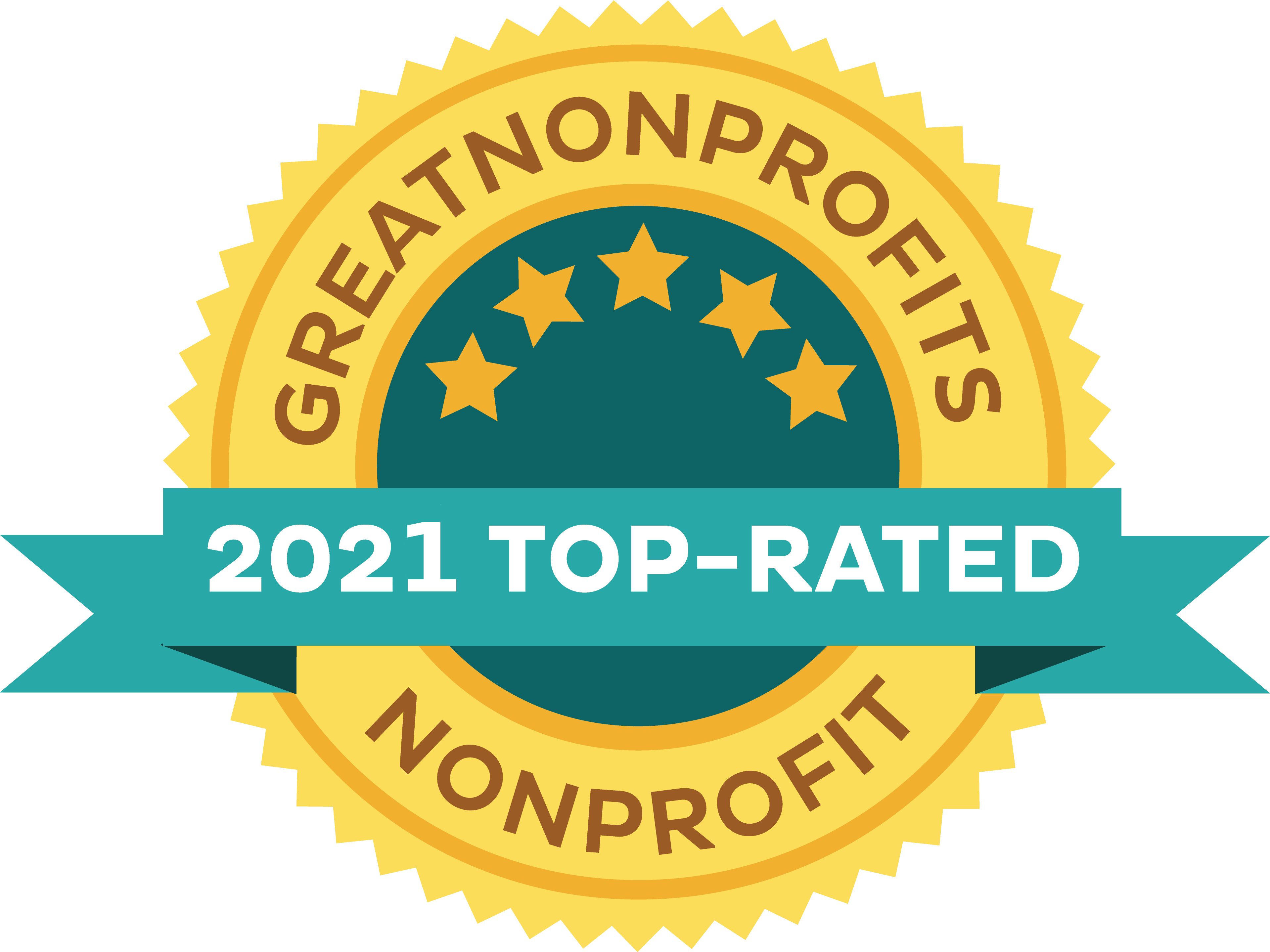The research by the founders of the Institute has been devoted for decades to collecting material for major syntheses on the flora of Classical Antiquity, on Greek medical manuscripts, and also on the many ancient works on medicinal plants and other natural substances by ancient physicians and scientists.
The Institute has entered a new phase of its history and receives requests for internship from young scholars and scientists who wish to take advantage of its scientific resources and to engage into their first experience of research. They are enrolled at Georgetown University and The George Washington University in Washington, D.C., and also in other colleges in the area, from St John’s in Annapolis to the University of Richmond and the Randolph-Macon College in Virginia. Additionally, long-term Smithsonian Volunteers have joined the team, including from overseas. Typically, they come from very different horizons: medicine, complementary and alternative medicine (CAM), anthropology, biology, classics, archaeology, and library sciences. Most of them have attended the Medical Traditions Seminar of the Institute during the academic year 2011-12 and are thus prepared for their 10-week intensive Summer Internship.
Whereas some will study the traditional therapeutic uses of plants from a modern pharmaco-chemistry viewpoint or will perform laboratory research and will explore the genetics of Mediterranean populations, the classicists will contribute to some of the major endeavors of the Institute: the flora of Classical Antiquity, botanical illustration in Byzantium, a census and catalogue of Greek medical manuscripts, and a translation of Galen’s synthesis on materia medica into English.
Interestingly, they approach the topics with the background and skills of the new generation, ask different questions (or approach ancient questions from unusual angles) and suggest new solutions. All this with an intensive use of available Information Technologies (IT), which certainly increases the range of available information, of analytical instruments, and, probably also, of potentially new conclusions.
A new generation of Hellenists seems to be in the making at the Institute, who apply new skills and instruments to the legacy of the past. Or, we should reather call them Hellenists of a new generation, who not only take the torch and pursue the effort of their predecessors, but inject new insights into the field, give it a new imprint, and lead it into new, so far unexplored directions.
The Fall 2012 issue of the Archaia/Nea Newsletter will report on the experience, possibly with the impressions and conclusions of the actors themselves. Stay tuned ...


